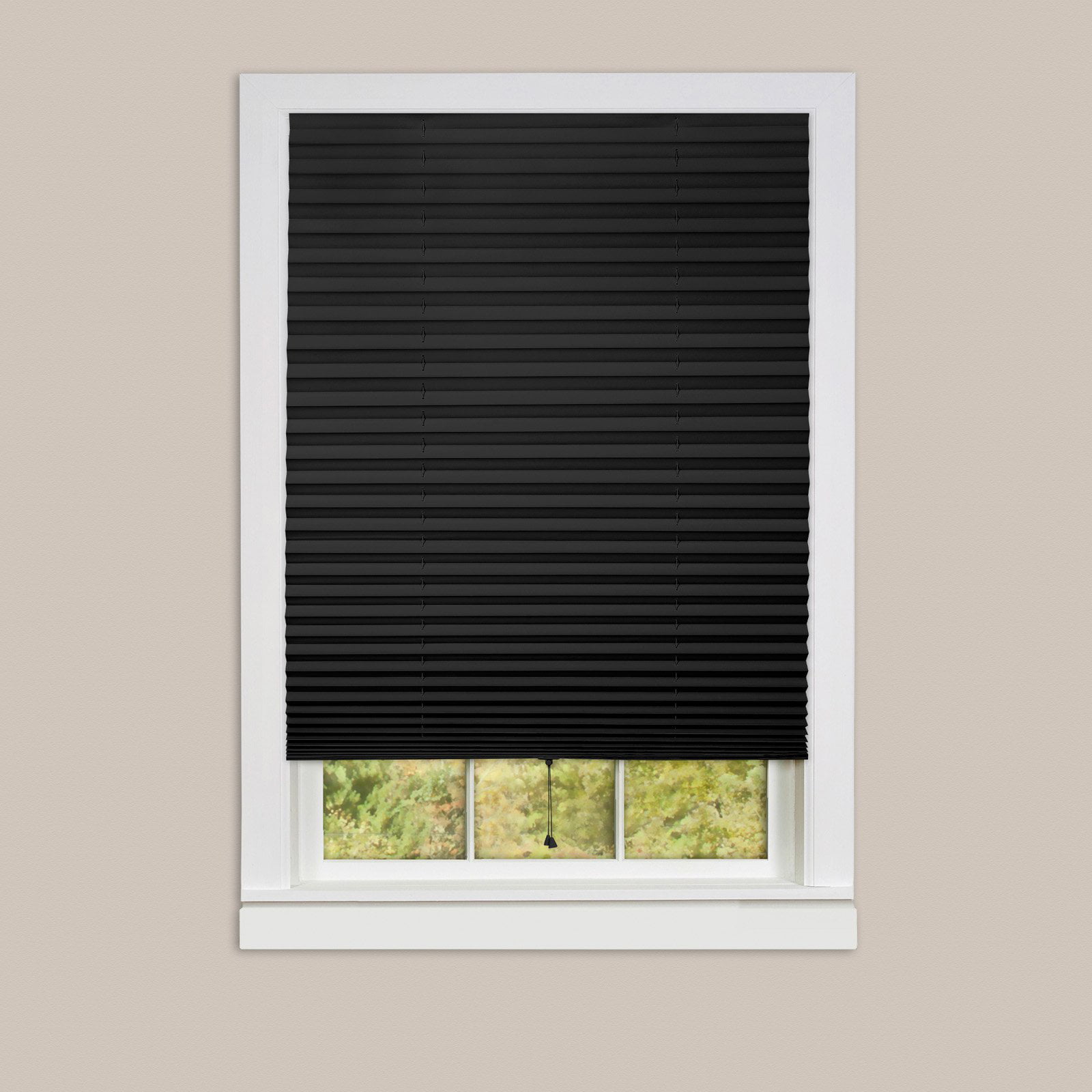

It’s important to mention that reflectivity is more about privacy than UV protection. Instead, you’ll have to use plain old black tint that’s within the legal window tint levels for your state. This includes both metallic and mirrored tinting in most cases, both of which tend to have a mirror-like effect. In some states, you aren’t allowed to use reflective tint at all. As is the case with VLT, this reflectivity will be displayed in a percentage, with many states setting the limit at 20%. When you buy tint, you should look at the reflectivity to make sure it meets the legal limit in your state or county. However, many states have strict limits when it comes to reflectivity. If you’re looking for a privacy window tint, reflective tint is a good option. While some darker window tints don’t reflect a lot of light, some tints are made from a reflective material that can add even more privacy. In most states, there are also laws regarding the reflectivity of your window tint. While VLT is the most commonly used metric for determining whether or not window tint is legal, it’s not the only factor. We have done our best to put together a realistic Window tint percentage previewer for you and hope you find it valuable! Reflectivity Want to see a real-life example of a specific tint percentage?
#Tinted window shade install#
Before you purchase and install window tint, make sure you know what VLT is legal in your state, city, or county. Every state has its own tint laws, with some counties and cities also regulating tint darkness. VLT is also a big factor in whether or not your tint is legal.
#Tinted window shade skin#
Blocking out these UV rays is also an important part of eye and skin health. Lower VLT window tint will generally provide you with better UV protection, which helps keep your interior in good shape and keep your car cooler. While VLT isn’t the only thing you need to consider if you want the best tint, it’s a good start. For example, 5% tint only allows 5% of light to pass through while 35% tintallows 35% of light to pass through. Whatever the VLT level of a tint is, that’s the percentage of light that’s allowed through the tint. While you might think a higher VLT would indicate darker, more effective tint, the opposite is actually the case. The VLT of a tint describes how much light a window film allows to pass through, although it is a bit confusing. So, what exactly does the VLT of window tint tell you?

When people refer to “ 5% tint” or “ 20% tint,” they’re talking about the VLT level. Visible light transmission (VLT) is the most important metric to focus on when it comes to tint darkness.


 0 kommentar(er)
0 kommentar(er)
